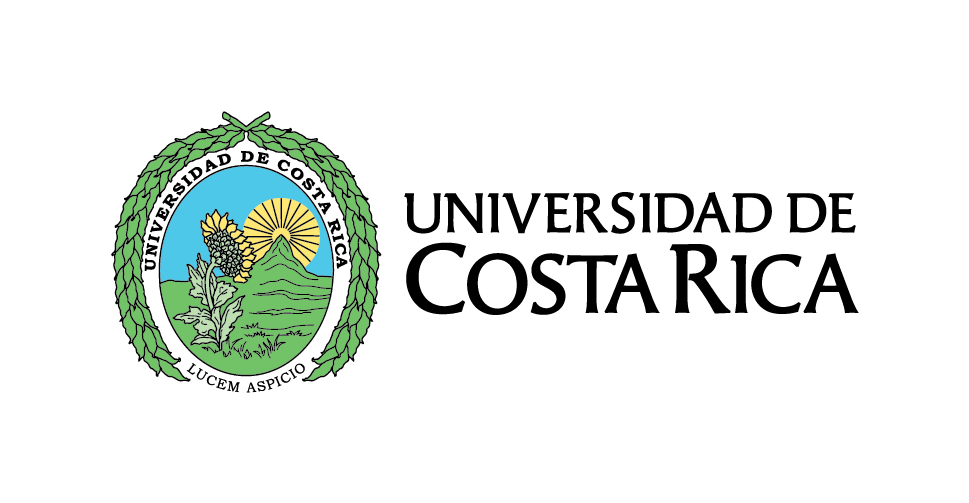La palabra generadora y el aprendizaje significativo: Estudio de caso con población juvenil privada de libertad
The Centro de Formación Juvenil Zurquí (CFJZ), Spanish for Zurquí Center for Youth Formation, in Costa Rica houses youth between the ages of 12 to 22 Youths incarcerated in CFJZ have a history of early abandonment and school failure such that they lack reading and writing skills. What methods are av...
Gorde:
| Egile Nagusiak: | , , , , |
|---|---|
| Formatua: | Online |
| Hizkuntza: | spa |
| Argitaratua: |
Universidad de Costa Rica
2023
|
| Gaiak: | |
| Sarrera elektronikoa: | https://revistas.ucr.ac.cr/index.php/aie/article/view/56422 |
| Etiketak: |
Etiketa erantsi
Etiketarik gabe, Izan zaitez lehena erregistro honi etiketa jartzen!
|
| Gaia: | The Centro de Formación Juvenil Zurquí (CFJZ), Spanish for Zurquí Center for Youth Formation, in Costa Rica houses youth between the ages of 12 to 22 Youths incarcerated in CFJZ have a history of early abandonment and school failure such that they lack reading and writing skills. What methods are available to teach literacy to youth who dropped out of school and never acquired reading and writing skills? This article documents the instructional process used to teach reading and writing to a 17-year-old incarcerated mother, Ana, who demonstrated defiant behavior, suffered from depression, and had a history of difficulties in becoming literate despite attempting diverse models of instruction. The teacher developed an instructional approach that began with the name of the young mother’s daughter name, Elena, as the generating word. A generating word, according to Freire, is primarily significant through the active participation of the student, who is naturally engaged. In two weeks, Ana recognized approximately 20 words and phonemic awareness to achieve forming words and sentences. The young mother created phrases of her likes and dislikes, stemming from her own relationships and family experiences, this instructional approach (2020-2022) shows promise to activate literacy among incarcerated youth with learning diversity. |
|---|

